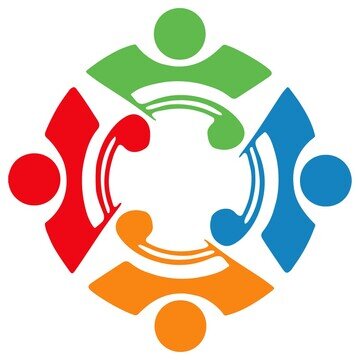95. Think small: The magic numbers of friendship
Data point of the week
British anthropologist Robin Dunbar became famous (well, in certain circles) for defining a limit to the number of relationships humans can maintain. The magic number—150—is now known as “Dunbar’s number.”
Dunbar theorized that the size of the neocortex—the part of the brain associated with cognition and language—is linked to how much social complexity we can handle, and therefore dictates social group size. His research discovered that there is remarkable consistency across human history of social group size hovering around 150.
This number breaks down into an inner circle of about 5 loved ones, a circle of 15 good friends, 50 friends, 150 meaningful contacts, and 500 acquaintances.
Reflection
Of course, there’s a lot of individual variation within these numbers. For example, extroverts have more overall connections, while introverts nurture a few deep friendships.
These averages may also be changing. Advances in technology (the phone, social media) expand how many people we’re able to stay in touch with in the “meaningful contacts” and “acquaintance” circles. At the same time, the General Social Survey found that the average number of close friends, or confidants, Americans have has dwindled from three in 1985 to only two in 2004, with one in four people saying they have “no one to talk to.”
The number 5 not only defines Dunbar’s inner circle, it’s also the magic number for building relationships in a group—that’s why we recommend 4-6 as the ProjectConnect group size. Think about it … the larger a group is, the more diffuse the interaction, and the weaker the chances of building connection. It’s hard to get to know people in a group of 10 or 20, unless you break off into smaller groups.
If you have a group of 10 and meet for an hour, each person will have roughly 6 minutes of speaking time and 54 minutes of listening time. In general, people are more interested and engaged when they take a more active role in the conversation (speak more) and there is lively exchange. And when people only have a brief time to speak, they tend to keep things more superficial.
So, if fewer people lead to more talking time and greater depth, why not just have one-to-one conversations? There’s a magic that happens in small groups, with multiple perspectives, experiences, and personalities contributing to the mix. Participants’ often feel less alone in whatever they are going through—their experiences are normalized. They may also learn from each other, get support, and feel more connected.
Connection Skill & Action Step: Think small
Spend a few minutes reflecting on ways you can build connection through the power of small groups … ideally that meet over an extended period so that connection grows over time. For example:
To build employee connection, consider:
Forming small committees or working groups that meet regularly to address a particular issue.
Organizing a weekly lunch group, such as for new parents, or for people in similar roles across the organization.
Holding a weekly meeting to discuss an article, a piece of research, a case study, etc.
To build student connection, consider:
Encouraging student organizations to spend a few minutes at the beginning of each meeting getting to know each other, such as by using a question prompt or icebreaker activity.
Starting your meetings with students (classes, meeting with student employees, etc.) with a short check-in in small groups.
In your personal life, consider:
How you can spend time with the same small group of people over and over. For example, a book club, knitting group, pickleball practice, etc.
When hosting, would you prefer the intimacy of a small gathering, or the energy of a party?
Questions to reflect on or to spark conversation. Please share your responses in the comments.
Have you ever experienced strong connection in a small group (4-6)? How about in a large group (10-20)? How do your small and large group experiences with connection compare?



